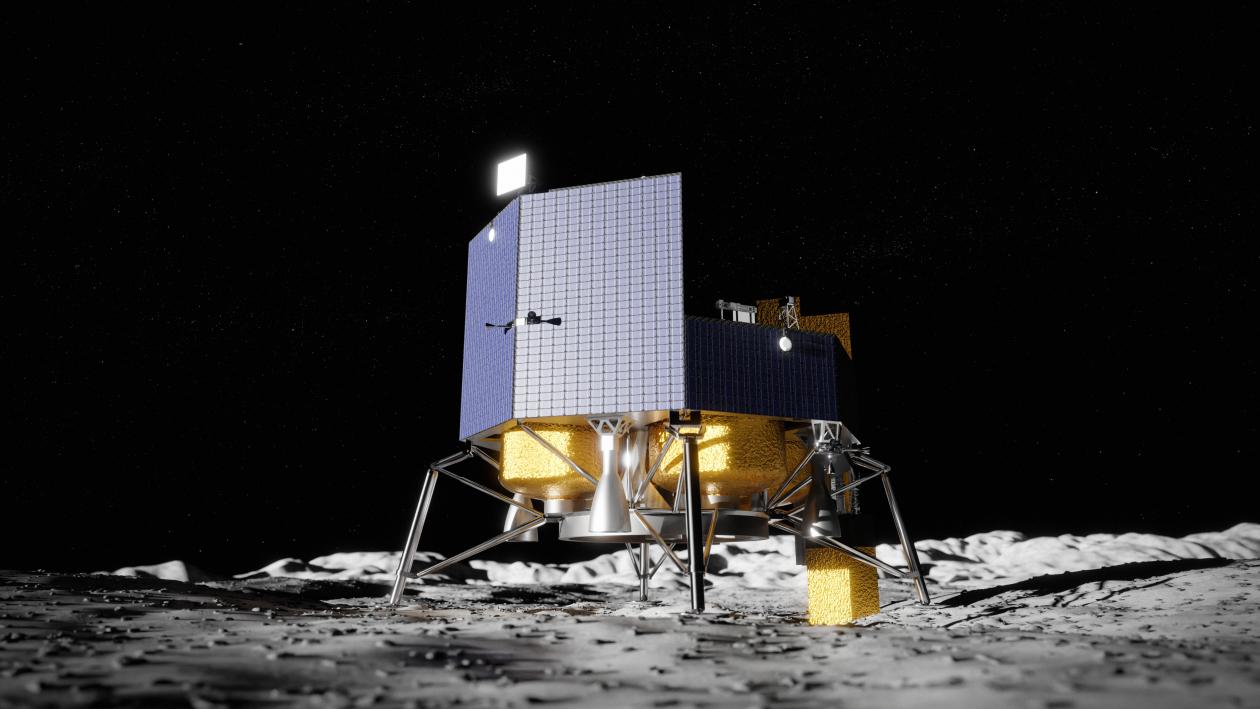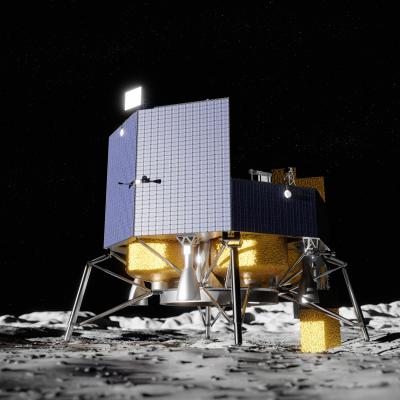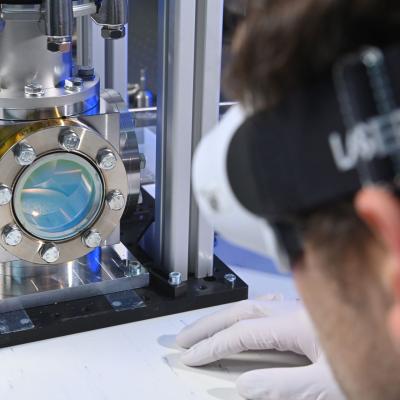"I am excited to announce our partnership with Astrobotic, a key player in space technology. We are thrilled to have found a partner with whom we can, in the most literal sense of the word, elevate this great project," says LZH's CEO, Dr. Dietmar Kracht. Astrobotic is a lunar logistics company that provides end-to-end delivery services for payloads to the Moon, for both commercial and scientific purposes. The company secured the contract through a competitive selection process.
"The MOONRISE team is testing a key technology for future activity on the Moon, and we are grateful to be competitively selected for the delivery of their payload. MOONRISE is a great example of the kinds of new ideas, new science demonstrations, and new countries that can make use of our lander delivery services to advance their own planned contributions to the burgeoning lunar economy," says Dan Hendrickson, Vice President of Business Development for Astrobotic.
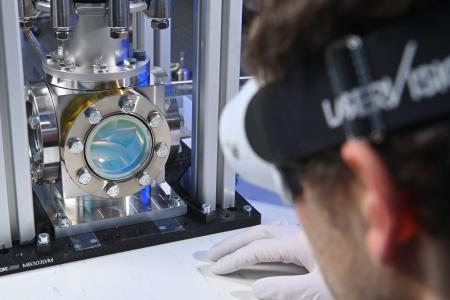
First steps to 3D Printing on the Moon with Laser and AI
LZH plans to equip Astrobotic’s lander with a compact, sturdy laser as payload. This laser will melt lunar dust, known as regolith, creating 2D structures on the lunar surface. A camera will capture the process, enabling researchers on Earth to analyze it through an intelligent image processing system. Artificial intelligence (AI) will not only help to find a suitable location on the lunar surface for laser melting, it shall also enable quality control of the printed structures.
As the project gears up for its lunar mission in two years, LZH continues its research on Earth in collaboration with project partner TU Berlin, focusing on optimizing the laser melting process. Researchers are experimenting with synthetic regolith produced by TU Berlin and train the AI for lunar deployment.
Vision: a 3D-printed Moon Base
In the MOONRISE project, LZH and TU Berlin researchers are exploring ways to manufacture infrastructure on the Moon using available materials. Transporting materials from Earth to the Moon is expensive with prices of up to one million dollars per kilogram. Directly creating landing sites, roads or buildings from lunar dust could therefore significantly reduce costs. The experiment aims to provide proof of concept that laser melting is viable on the Moon.
The project is funded by the German Space Agency at DLR with funds from the German Federal Ministry for Economic Affairs and Climate Action of 4.75 million euros. Project partners are LZH and TU Berlin. More information about the project is available at lzh.de/en/moonrise.
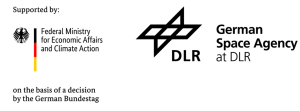
Laser Zentrum Hannover e.V. (LZH)
As an independent, non-profit research institute, the Laser Zentrum Hannover e.V. (LZH) stands for innovative research, development, and consulting. Supported by the Lower Saxony Ministry of Economics, Transport, Construction and Digitalization, the LZH is dedicated to selflessly promoting applied research in the field of photonics and laser technology. Founded in 1986, almost 200 employees are now working at the LZH.
The LZH offers solutions to current and future challenges with its smart photonics. Along the process chain, natural scientists and engineers work interdisciplinary together: from component development for specific laser systems or for quantum technologies to process developments for a wide variety of laser applications, for example for medical and agricultural technology or lightweight construction in the automotive sector. 19 successful spin-offs have emerged from the LZH to date. Thus, the LZH creates a strong transfer between fundamental science, application-oriented research, and industry - and uses light for innovation.

